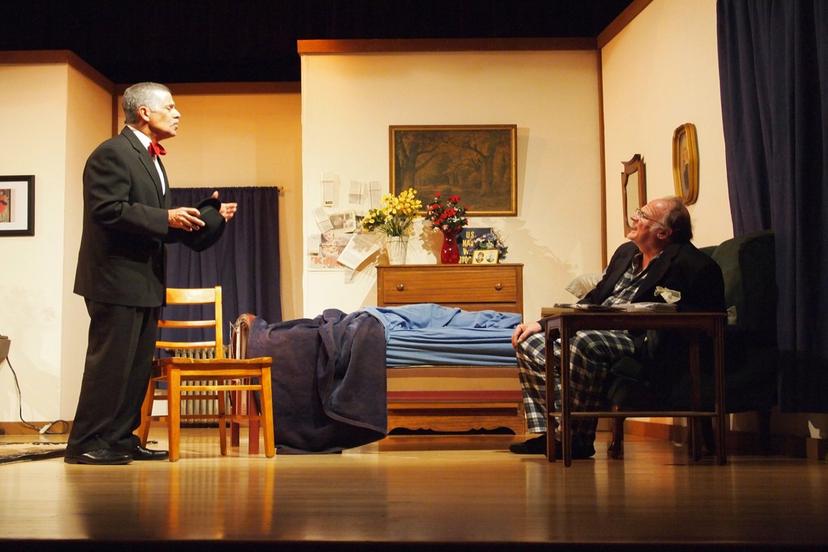Theater

Background
Theatrical performance is among the oldest of human art forms. It probably began with storytelling to recount recent and historical events in small communities. Later societies enacted the myths and stories involving their gods and heroes. For example, Egyptian dramas often centered on the god Osiris.
The Greeks refined drama as an art form as early as 500 B.C. Their plays explored a variety of moral dilemmas. The playwright often performed in the play, as well as directed the action and choreographed the movements on the stage.
The Romans continued many of the traditions of tragedies and comedies initiated by the Greeks. Theater became a popular form of entertainment in ancient Rome, and its actors could become quite famous. The rise of the Christian church, however, put an end to theater, and by the seventh century, theater had largely vanished from most of the former Roman Empire.
Nonreligious theater rose into prominence in Europe during the 16th century, often being performed at royal courts and academies. The first dedicated theater was built in 1576 in London, followed by many other theaters, including the famous Globe Theater, where the work of William Shakespeare was performed. Among the most famous actors were Will Kemp and Richard Burbage. In France, Molière wrote and often acted in his own plays. Women were not allowed to act until the mid-17th century, and young boys filled any female roles.
The first American acting company was established in Williamsburg, Virginia, in 1752. Early American drama (from the 1700s until the early 20th century) was largely patterned after European theater. Some of the more prominent American actors of the 18th and 19th centuries were Edwin Forrest, Fanny Kemble, Charles Kemble, William Charles Macready, and Joseph Jefferson. Important American dramatists from the 20th century include Eugene O'Neill and Thornton Wilder. More recently, Arthur Miller, Tennessee Williams, and David Mamet have contributed important plays.
Vaudeville and burlesque shows were extremely popular in the early 20th century, leading to the creation and development of what is widely considered the most American form of theater, the musical comedy. A major breakthrough came with the Rodgers and Hammerstein musical Oklahoma!, believed to be the first truly modern musical because, rather than having the songs interrupt the story, the songs actually moved the story forward. Other major American musical composers include Jerome Kern, Cole Porter, Leonard Bernstein, Jerry Herman, Stephen Sondheim, and Lin-Manuel Miranda.
Acting styles have evolved considerably over the centuries. Early performances were highly stylized, with exaggerated, elaborate gestures and speech, until David Garrick introduced a more natural style to the stage in the mid-1700s.
Although New York, and Broadway and off-Broadway in particular, remains the theatrical center of the United States, the regional nonprofit theater movement has expanded tremendously since the 1970s. Important new plays and actors making their names there have inspired active professional theater communities in Chicago, Seattle, Los Angeles, Minneapolis, San Francisco, and other areas.
Asian theater developed very differently from that in Europe, with the dancing and chanting of early rituals remaining an important part of drama. In India, Hindu drama flourished from the fourth to 10th centuries, but died out after the Muslims came in the 11th century. Theater became a way of preserving Chinese identity after the Mongol conquests of the 13th century. During the Cultural Revolution, traditional theater was banned in favor of more propagandistic modern plays, but since the death of Mao more traditional drama, as well as Western-style plays, has been performed. Japanese theater had its origins in Chinese dances, developing into noh plays and Kabuki theater, both highly stylized and involving chanting, elaborate costumes, and exaggerated speech and movement.
In the 21st century, theater professionals began to have a wider range of opportunities than strictly performing in stage plays. More professionals found they could earn a good income from offering children's theater classes and working as an acting coach. The spread of small, nonprofit companies throughout the country also created part-time work for acting professionals. In addition to actors, other important jobs in the industry include stage managers, lighting crew, set and costume designers, directors, and producers.
